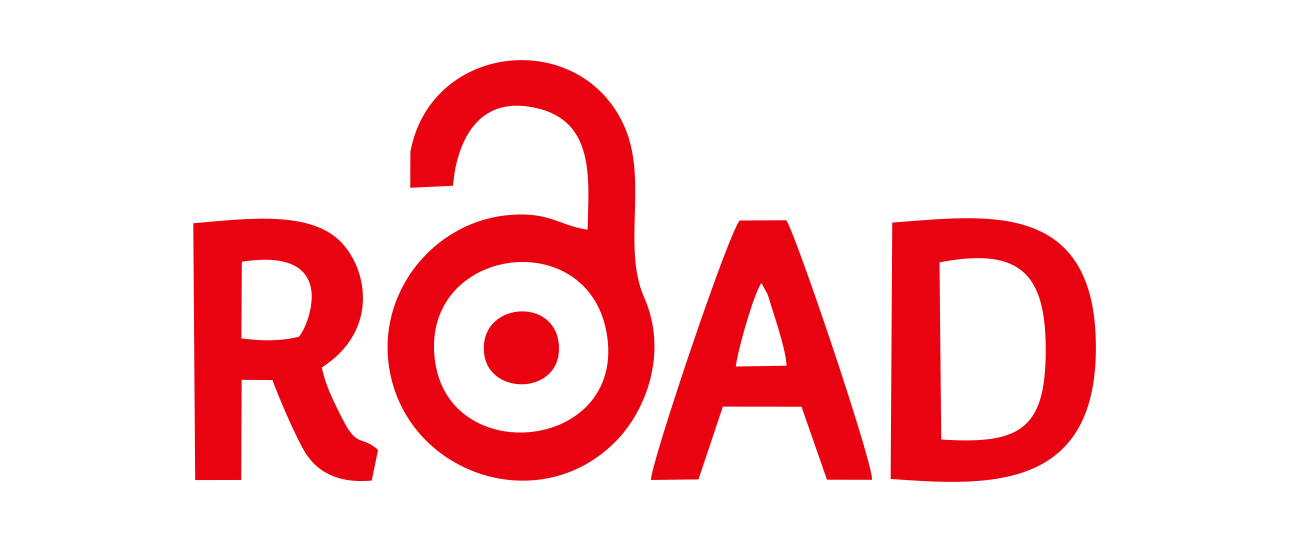Development of an Automated Mushroom House to Optimize Growth and Production of White Oyster Mushrooms (Pleurotus ostreatus)
(1) Agricultural Technology Education Study Program, Faculty of Engineering, Universitas Negeri Makassar
(2) Agricultural Technology Education Study Program, Faculty of Engineering, Universitas Negeri Makassar
(3) Agricultural Technology Education Study Program, Faculty of Engineering, Universitas Negeri Makassar
(*) Corresponding Author
DOI: https://doi.org/10.26858/jai.v1i1.47077
Abstract
Full Text:
PDFReferences
Anggi, T. & Nurwijayanti K. N. (2016). Pengatur Suhu dan Kelembapan Otomatis pada Budidaya Jamur Tiram Menggunakan Mikrokontroler ATMega16. Tesis. Jurusan Teknik Elektro, Universitas Suryadarma Jakarta. Vol. 18 No. 1 Maret 2016
Ari R, & Sri I. K. (2016). Pengaruh Suhu dan Kelembaban Udara pada Proses Pengeringan Singkong. Jurnal Penelitian dan Pengabdian (Sains dan Teknologi). Vol 4 No.1
Chazali, S., & Pratiwi P. S. (2009). Usaha Jamur Tiram Skala Rumah Tangga. Jakarta: Penebar Swadaya.
Daryani, S. (1999). Pertumbuhan Jamur Kuping (Auricularia auriculae) dan Jamur Tiram (Pleurotus ostreatus) dalam Rumah Tanaman Dengan Suhu Terkendali. Tesis. Institut Pertanian Bogor, Fakultas Teknologi Pertanian, Bogor.
Fitriah, N. A., & Nengah D. K. (2013). Pengaruh Penambahan Eceng Gondok (Eichhornia crassipes) terhadap Pertumbuhan Jamur Tiram Putih (Pleurotus ostreatus). Jurnal Sains Dan Seni Pomits Vol. 2, No.1, 2013
Husni, T, Syafaruddin C, & Supriatna. (2018). Desain Alat Penstabil Suhu Dan Kelembaban Ruangan pada Kumbung Produksi Jamur Merang Berbasis Mikrokontroler Arduino Uno. Jurnal. Jurusan Teknik Elektro, Fakultas Teknik Universitas Mataram, NTB
Kanginan, M. (2000). Fisika 2000 Untuk SMU Kelas 2. Jakarta: Erlangga.
Meina, I. 2007. Budi Daya Jamur Tiram. Jakarta: Azka Mulia Media
Parjimo, A. (2007). Budidaya Jamur Tiram. Jakarta: Agromedia Pustaka.
Rohmah, A.N. (2005). Pengaruh Penambahan Blotong dan Lama Pengomposan terhadap Pertumbuhan dan Produksi Jamur Tiram Putih. Skripsi. Fakultas Sains dan Teknologi Malang : Malang
Sindung H. W. S., Ari S. N., Eko S., & Sri K. (2020). Iot Smart Health untuk Monitoring Dan Kontrol Suhu dan Kelembaban Ruang Penyimpan Obat Berbasis Android di Rumah Sakit Umum Pusat Dr. Sardjito Yogyakarta. Prosiding Nasional Rekayasa Teknologi Industri dan
Informasi XV (ReTII). SSN: 1907-5995
Sudirman, S. (2008). Pembudidayaan Jamur Tiram dan Serbuk Gergaji dan Lima Jenis Kayu. Jurnal Penelitian hasil hutan. hal, 50-53.
Suharnowo, L.S., & Budipramana, I. (2012). “Pertumbuhan Miselium dan Produksi Tubuh Buah Jamur Tiram Putih (Pleurotus ostreatus) dengan Memanfaatkan Kulit Ari Biji Kedelai Sebagai Campuran Pada Media Tanam”. LenteraBio. Vol 1. No 3. Hal: 125-130
Sumarni, 2006. Botani dan Tinjauan Gizi Jamur Tiram Putih. INNOFARM : Jurnal Inovasi Pertanian Vol. 4, No. 2, 2006 (124-130).
Suriawira, U. (2002). Budidaya Jamur Tiram. Yogyakarta: Kanisius.
Syammahfuz, C. (2009). Usaha Jamur Tiram. Bogor: Penebar swadaya
Tutik. L.A. (2004). Penambahan Tongkol Jagung dan Tetes Tebu pada Media Serbuk Gergaji terhadap Pertumbuhan Jamur Kuping. Skripsi. Fakultas Pertanian UMM. Malang
Widyastuti, N., & Tjokrokusumo, D. (2008). Aspek lingkungan sebagai faktor penentu keberhasilan budidaya jamur tiram (Pleurotus sp). Jurnal Teknologi Lingkungan (9), 287 – 293
Article Metrics
Abstract view : 136 times | PDF view : 9 timesRefbacks
- There are currently no refbacks.
Copyright (c) 2023 Author(s)

This work is licensed under a Creative Commons Attribution 4.0 International License.
Publisher Address :
Agricultural Technology Education Study Program, Faculty of Engineering, Universitas Negeri Makassar
Kampus UNM Parang Tambung, Jalan Daeng Tata Raya, Makassar, South Sulawesi, Indonesia 90224
Email: [email protected]
Website: https://ojs.unm.ac.id/journalagroscience
Journal of Agroscience Indonesia Indexed by:
This journal is published under the terms of Creative Commons Attribution 4.0 International License.






